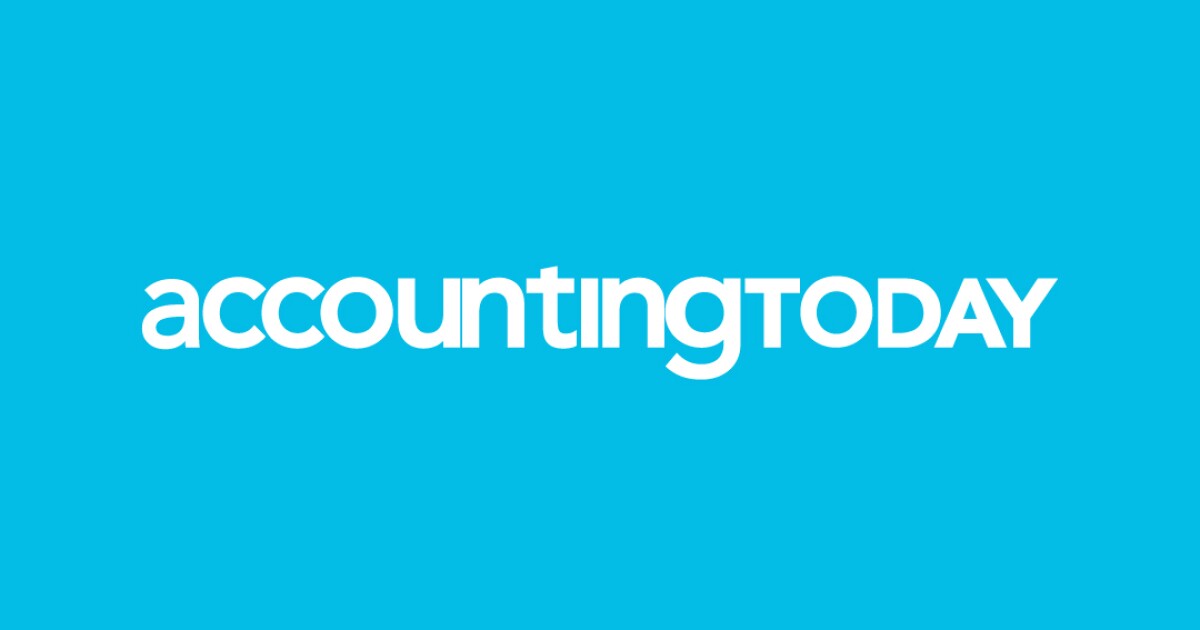The ceiling is often what the CPA perceives as too high. We are in a dynamic market created by a major staffing shortage. Demand for services is far exceeding the labor supply, but not all firms are catching on to how to price services.
When talking to a firm recently about an M&A opportunity, the conversation turned to pricing. They told us their pricing plan, which we told them to revisit because it was too low. They told me they received a call from a business whose accountant “let them go.” The owner called 15 firms that did not answer or told her they were not accepting clients. Our client was stunned that 15 firms told her no. I was stunned that she found 15 other firms to call first, but that is an article for a different day.
If you took that call, knowing 15 firms would not take her work, what would you do? You should price the work extremely high. There are two main considerations to review. First, if she accepts a high price, it tells you your perception of a high price is too low. Second, if you can acquire a new client that adds two or more times the profit of existing clients, you need to review if you should continue supporting those existing clients moving forward.
Accountants sell time. Some value price, fixed-fee price or charge hourly, but every pricing model revolves around costs. We are advocates of fixed-fee and value-based pricing, but those models have an hourly cost to begin calculating the end price. The core question to ask, beyond the percentage to increase fees, is why does one firm charge $300 an hour and another $150?
There are many elements that go into the pricing equation, e.g., experience, niche expertise, RPA, outsourcing, etc. The overlooked factor is demand. In our labor market, demand combined with the client’s perceived value is what you should use to set fees. If you are delivering tremendous value and the client does not see that, then either you have the wrong client, or your perception of tremendous value is incorrect. In either situation you need to adapt, but a lower price is not the solution.
In today’s market, the fact that you will take them as a client may be 100% of the purchase decision by the potential client. You need to be fee-aggressive because if they do not purchase at your price, the next prospect will, and you do not want to consume your capacity on lower fee opportunities. Your partners need to think of pricing as an art form. The question is not what the client will pay; the question is, where do you want to spend your limited resources and then how much can you charge for those services?
CPA firms are in the pricing driver seat. They do not need to outbid each other to get work. In a recent survey from a webinar we ran for Bill (previously Bill.com), there was a polling question “What do you think is the right amount to increase your fees?” Of the 246 attendees who responded:
- 17% increased fees 5% or less;
- 30% increased fees 5% to 10%;
- 30% increased fees 10% to 15%;
- 10% increased fees 15% to 20%; and,
- 13% increased fees 20% or more
Is your rate of $150, $250 or whatever too low to start? Look at your pricing model. Are you leaving money on the table? Is your perception of value incorrect? We see firms making materially different profits selling basically the same service. Some of the difference can be attributed to automation, but decisions on how to price and who to serve are the main drivers that make one firm more profitable than another. Pricing decisions can increase profitability overnight.
What’s the right number? It may differ based on a firm’s price starting points, but remember supply and demand. Those first two responses above are not what most should be thinking. If a client leaves, who will take them?


